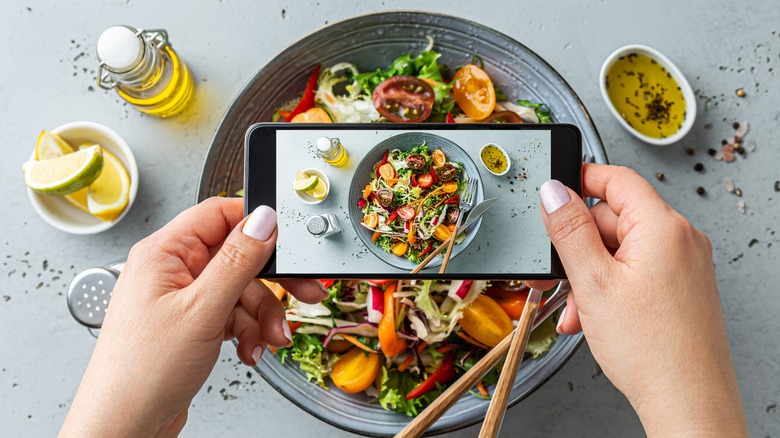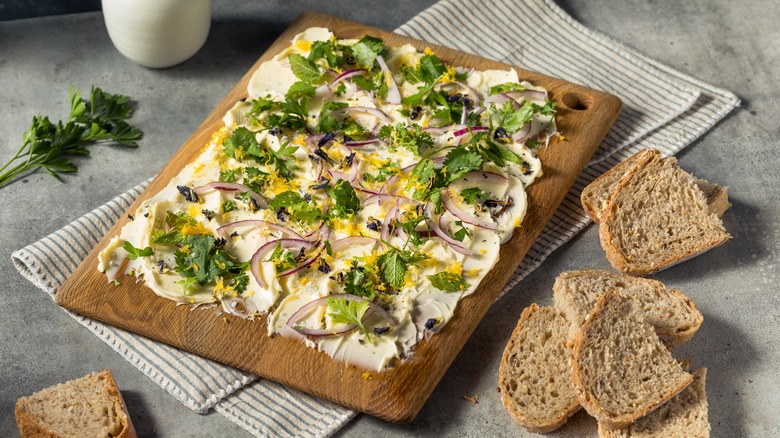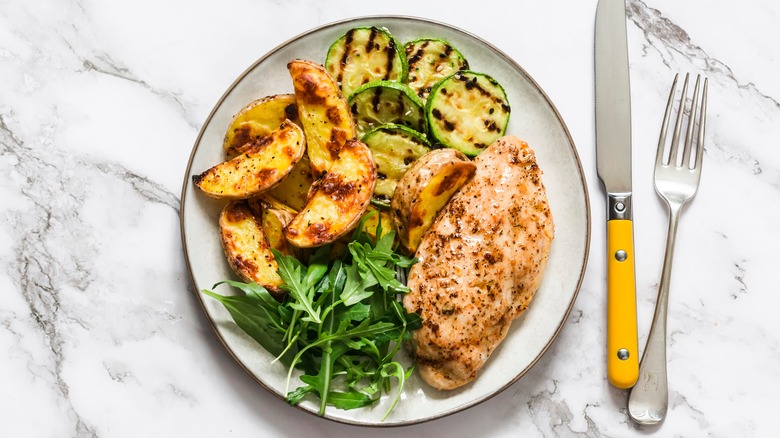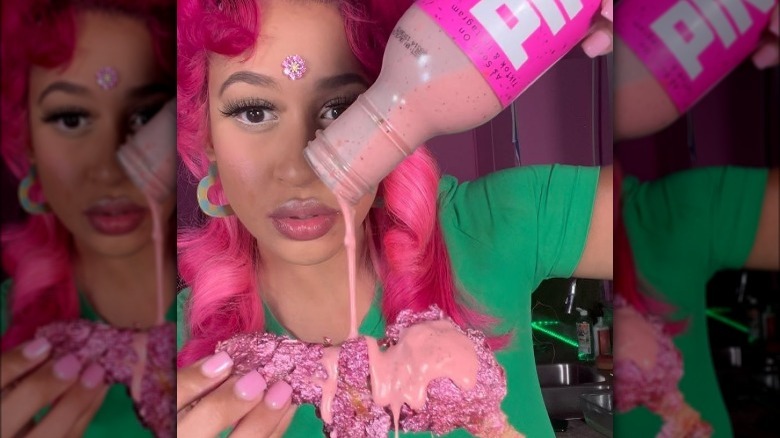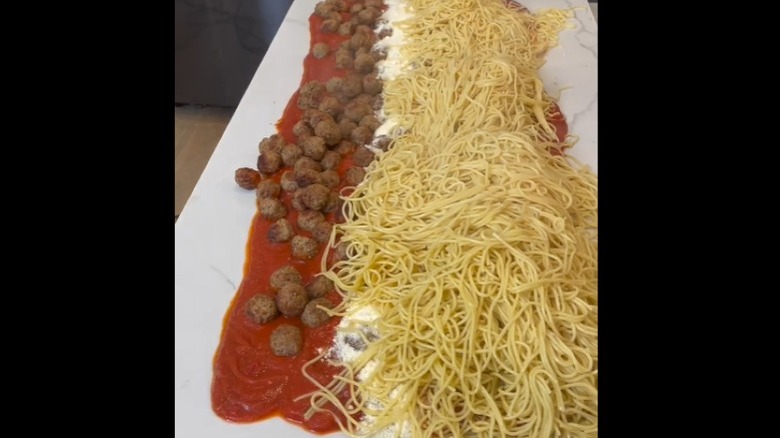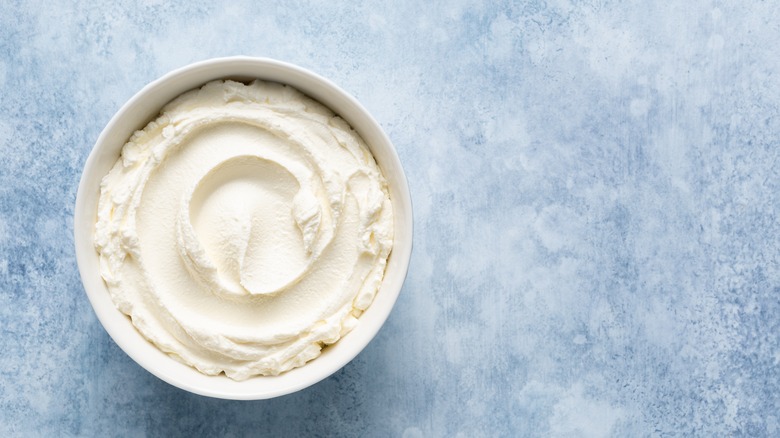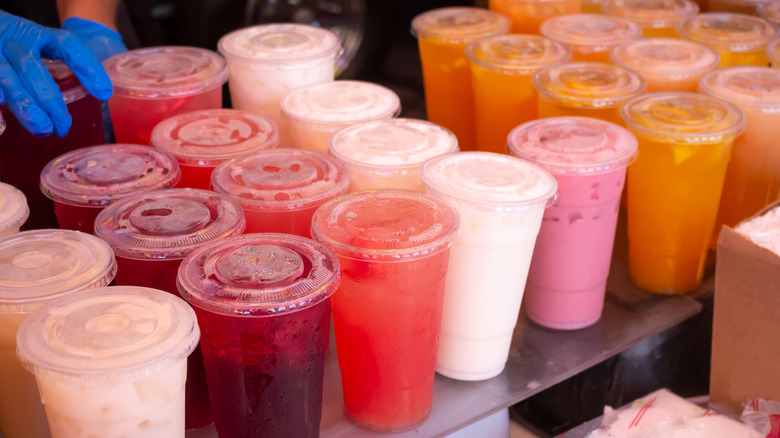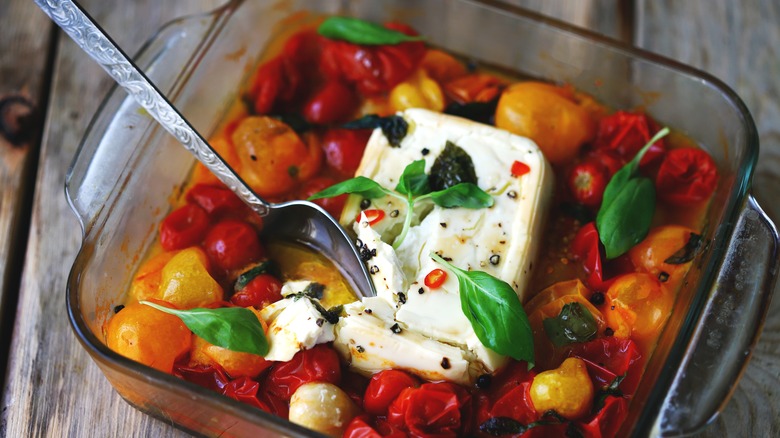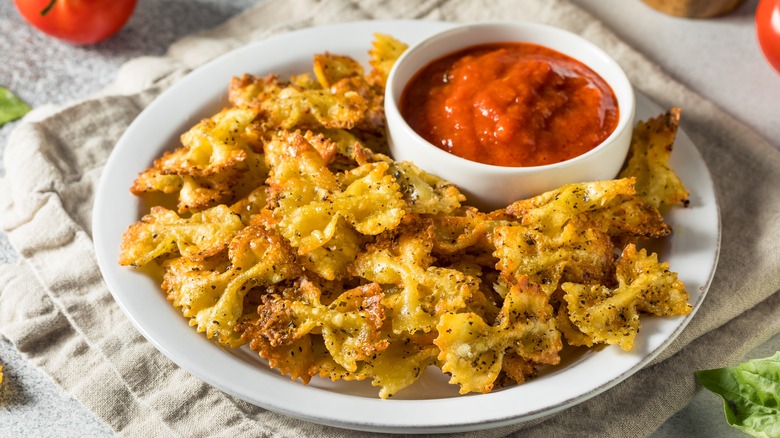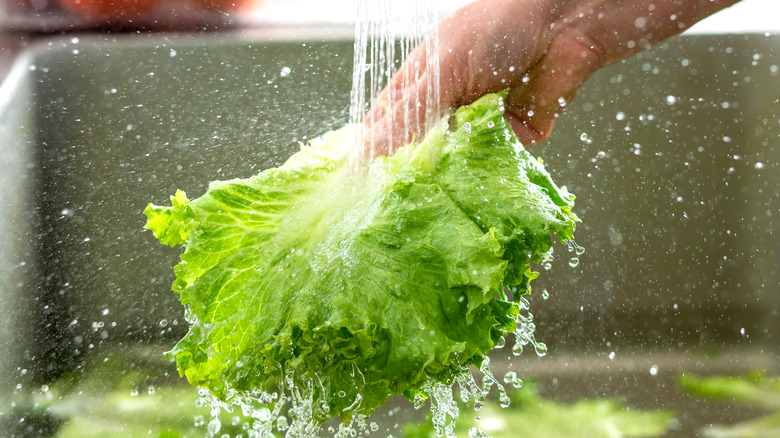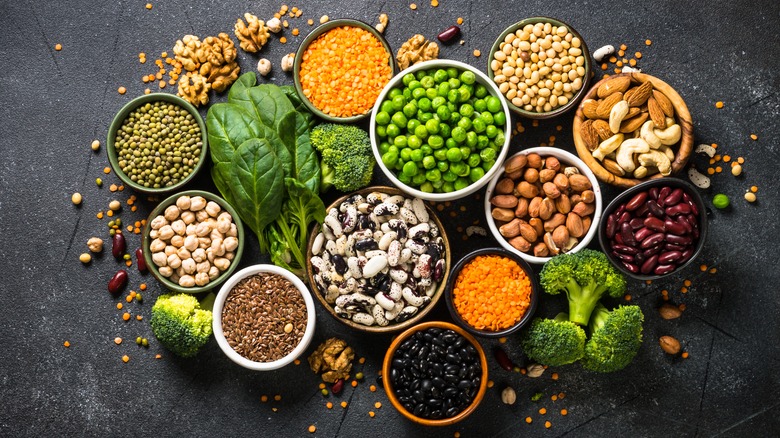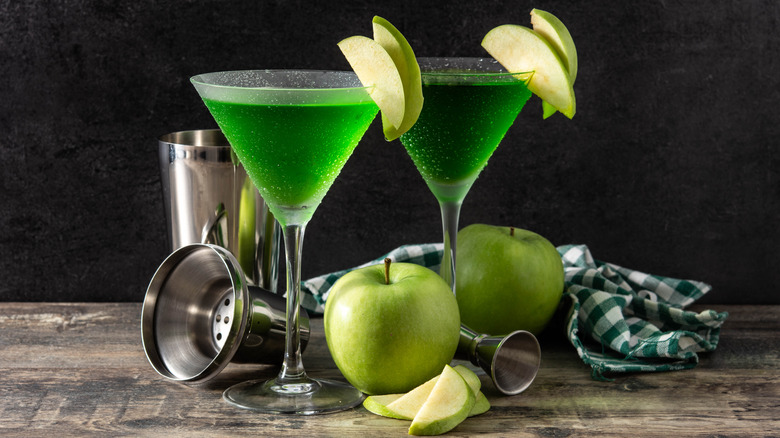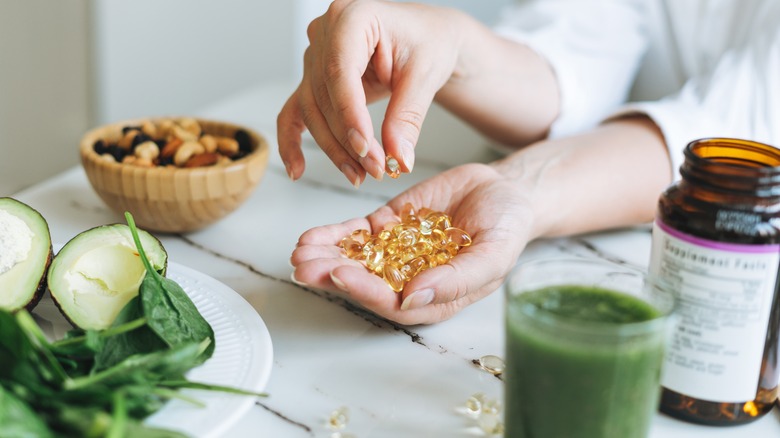12 Food Trends We Hope To Leave Behind In 2023
Social media has forever changed the way we look at food trends. It seems that every day we are confronted with a new craze that is often credited as original, revolutionary, and groundbreaking, but in reality is only slightly different. Most are quickly replaced by another idea that is again lauded as something we cannot or should not live without.
These days, TikTok is the absolute king of new food trends and ingenious hacks, but as it is such a suitable platform, it is mainly oriented towards quantity rather than quality. As a result, the whole industry is oversaturated by novel approaches, new ingredients, and trendy dishes, but we rarely witness some trends worthy of preserving for the long haul.
2022 followed the same pattern. We have seen many trends sparked by social media that were supposed to make our lives better and easier, while others resulted from the general global shift to more sustainable food practices. Though we would like to see many of them thrive and remain relevant, there were plenty of those we would not mind leaving in the past.
Butter boards
In the unlikely case you never heard about them, butter boards are best described as close cousins to charcuterie boards, but instead of deli meat, cheese, and fruit, softened butter takes center stage. It is smeared on serving boards, and the whole thing is then sprinkled with spices and can be decorated with chopped herbs or sliced veggies. Butter boards were the biggest 2022 trend, and though it initially seemed like a brilliant idea, the more we thought about it, it proved to be a flawed and lackluster craze that won't be missed if it completely disappears.
Among many things wrong with butter boards, the first issue that comes to mind is why anyone would want to use butter — which is almost entirely made of fat — as a dip. Butter is the perfect neutral spread and a fantastic flavor booster in cakes, but it was not intended for scooping or dipping, nor should it be eaten on its own. Also, these butter combos are usually assembled on wooden boards, which are not the healthiest option, as they can hide some germs inside the cracks. Lastly, it's unclear what we should do with leftovers. As the butter is sprinkled with seasoning and herbs, you cannot just pack it all back, which means that you will usually end up with unnecessary food waste. Sometimes, a classic should not be messed with, and a stick of softened butter next to the charcuterie board is the way to go at your next party.
Finally breaking off with fad diet trends
2023 could be the year to finally break with the long-ingrained tradition of believing that the new revolutionary diet that went viral is the one that will change everything. Hopefully, we have now realized that fad diets do not work. They are not sustainable or permanent solutions that can fix our weight issues, nor do they contribute to the serious obesity problem that much of the western hemisphere currently faces. Fad diets are exactly that, fads that promise fast results but usually cannot work in the long run. Often, they are too rigorous and can lead to severe deficiencies, as they typically promote cutting out entire food groups.
Let's dump paleo and intermittent fasting and instead implement healthier options into our daily lifestyle. Scientists have long cracked this code, but we have continued to ignore the suggestions, perhaps always secretly hoping that there is a magic method or ingredient that will instantly make and keep us slim. We now know better, and it's high time we focus on more permanent, realistic goals.
Pink Sauce
If the first thing that comes to your mind when you read the phrase pink sauce is that slightly strange combination of mayo and ketchup, you obviously missed the most controversial food trend that appeared in 2022, and judging by the reactions, perhaps we should leave it there. The Pink Sauce was created by chef Carly Pii, a Miami-based private chef who became a TikTok star thanks to her neon-colored sauce. Initially, the sauce drew much viral attention, but not everything turned out rosy for chef Pii.
The first orders faced serious backlash, with many buyers reporting wrongly labeled nutritional info and the fact that the sauce was not packed properly and did not arrive safely at the destination. The color of the sauce was often inconsistent, and several reports claimed that the sauce caused food poisoning. However, these were never proven, and the TikTok videos have since been removed from the platform. To top it all off, it seems that the FDA did not initially approve the sauce.
However, perhaps the biggest problem here is the flavor. According to most reviews, Pink Sauce is just a marketing fad. One TikTok user described it as "extremely underwhelming" and compared it to a thinner ranch dressing. The 13-ounce bottle of Pink Sauce currently sells for $9.99, which seems way too pricey for something that resembles pink-colored ranch.
Serving dishes on dining tables
If you've never heard about a table dump dinner or the #messydinner trend, consider yourself lucky. This is one of the most unappetizing ideas that somehow became trendy. Essentially, table dump meals involve dumping the whole meal directly on the dining table without using plates. Everyone is then encouraged to use their spoons and forks and take bites from the massive pile of food.
Supposedly, this should be a fun, unpretentious dining trend ideal for families and primarily invented for kids, but the whole idea does not communicate well. When it appeared on Reddit, users mostly had negative opinions, calling it "silly" and "cringe-worthy." And we have to agree.
The trend is meaningless, and dumping food on the table and encouraging everyone to tackle the same heap is also incredibly unsanitary. It is also questionable how hot food reacts with the plastic covers and cling wraps usually used to protect the table. Regarding cleaning, there is no sane reasoning to convince us that cleaning up that whole messy pile is easier than washing three plates or simply shoving them inside the dishwasher. Could it be more fun for kids? Perhaps, but we'd rather see them enjoying tweaked kid-friendly meals and adopting some basic dining etiquette than teaching them that food needs to be messy to be fun.
Turning all cheese into whips
Not all cheese is created equal, and not all should be used in the same way. You do not want to grate your Stilton over pasta or serve some peppery cheese for dessert with a glass of sweet wine or brandy. The beauty of cheese is in its diverse textures and flavor combinations that influence how particular variety is supposed to be eaten.
Cheese was not spared from viral food trends, and the internet abounds with new recipes where it plays the starring role. Many are fantastic, such as the baked feta pasta phenomenon or the parmesan-crusted grilled cheese, but some should have never been brought to light. One of these is the whipped cheese trend that somehow went wrong.
Whipping cheese in the food processor can add more air to the cheese, making it fluffier and more spreadable. Ricotta, feta, or mascarpone are ideal choices, but the problem appears when we want to apply the same technique to everything, which has developed an abomination known as whipped brie. Brie is a cheese of exceptional quality that is best known for its creamy consistency and flavorful soft rind. The latest meaningless idea of removing the skin and whipping brie is a trend we should not bring into the future . Tossing the rind is wasteful and strips the cheese of its essential flavor components that usually take weeks to build. Whipping should not be wholly ignored, but please use it wisely.
Cultural appropriation masked in new food trends
The culinary world has always been fertile ground for cultural appropriation. It is sometimes not easy to pinpoint and determine what is appropriation and what is honest and respectful ethnic appreciation, but sometimes it is so blatant that it leaves no room for doubt.
One of the most controversial examples came from a TikTok user Gracie Norton, who shared her supposedly revolutionary idea of mixing water, sugar, and cucumber into a refreshing drink she labeled spa water. It did not take long for her followers to call her out, claiming the idea was blatantly stolen from Mexican culinary heritage where similar fruit-based drinks are a street food staple better known as agua frescas.
Why some choose to adopt foreign culinary practices and call them their own is mindboggling. At this time and age, it is not likely that something taken from another culture can be disguised as the hottest new food trend for long. Luckily, we have become more conscious about the origin of our food and generally seem more responsive to culinary appropriation, but in an ideal world, we would no longer see regional traditions being called the latest wellness trend without giving it proper credit.
Ridiculous pasta dishes from TikTok
Pasta is one of the glorious food inventions and has long been an international favorite. It comes in a seemingly endless number of varieties and is possibly the most versatile cooking ingredient in the world. Whether you are using fresh or dry versions, pasta easily finds a partner in simple vegetable sauces, but it also works as an equal with more elaborate, meat-packed dressings. You can incorporate it into salads, stews, and casseroles, where it can make the base or simply complement other elements. Essentially, pasta goes well with everything, and as it is such a worthy addition to our home kitchens, we should treat it with the respect it deserves, and the best way to show our love is to stop watching, following, and supporting all questionable pasta trends that come from TikTok.
This may be new to some, but pasta is already easy to prepare, and we do not need new hacks and instructions to convince us that there is always one more way to make it more convenient. There are fantastic pasta recipes that come from TikTok that are easy, effortless, and clearly successfully executed, but in 2023, let's break off with all those ludicrous versions that drown pasta in way too much cheese, cook spaghetti directly in the sauce, or blend pasta only to use the powder to make more pasta.
Pasta chips
Pasta chips is one of the popular pasta-based food trends that deserves special mention as one of the items that should not be back in 2023. Unsurprisingly, the pasta chips hack was first promoted on TikTok. If you are one of the lucky ones who has never seen the video, it is precisely what the name says; pasta turned into chips. However, the reality is far different from this straightforward description.
To make pasta chips, you first need to cook and drain the pasta — ideally, you want to use thin, flattened pasta shapes such as bow-ties. Your pasta is then seasoned, and perhaps the best thing about it is that the selection of spices allows you to be creative and adjust the flavors to your taste. Seasoned pasta is then fried in an air fryer until it crisps up and is immediately ready to be served as a homemade snack.
Though it sounds good on paper, do not expect much from this viral trend. Pasta is usually too thick and simply can't compare to classic chips. If you believe this is a supposedly healthier version, you also might be wrong because it seems that potato chips may even score better on the health test. All in all, pasta chips is a trend best left forgotten. Go for that bag of chips if you are craving one, and leave your pasta to be the soft and chewy delight it was always intended to be.
Meaningleess and straight up disgusting TikTok hacks
TikTok is ideal for promoting culinary content. It is fun, short, and easy to navigate, but among all these good qualities, it also provides a fruitful ground for various pointless food-related ideas that somehow find the fastest way to gain attention and go viral. Though many think of it as harmless fun, the trend of producing worthless cooking content, usually formed into hacks, peaked in 2022. It is high time we stop giving room to those who promote ideas with no substance and those who rely on the shocking factor to stay relevant, attract attention, and gain followers.
Sink salad easily takes the cake as the worst TikTok trend we have seen recently. If you haven't guessed from the name, the video shows how to make a classic salad inside the kitchen sink. If for a second you thought this was a good idea, please remember that kitchen sinks are one of the most unhygienic places in your house that are standardly brimming with germs. Though the competition is fierce, healthy Coke and smothering your watermelon with mustard are close contenders for the top echelons of the worst TikTok trends.
When we allow all these worthless ideas to come through and go viral, we are at risk of losing all high-quality content. TikTok is still an excellentCX platform for anyone who wants to learn more about cooking, but we need to be more rigorous in choosing our favorites.
Promoting plant-based eating as a short-lived trend
Vegetarian and plant-based eating are not newly introduced concepts. Their origin goes back to ancient Greece, but in the last couple of decades, we have seen a significant increase in popularity and general interest in replacing our meat-centered diets with foods of non-animal origin.
We often label this approach as a trend, and this is where we get it wrong. Plant-based eating should not be considered a temporary, short-lived fad. Instead, we should regard it as a permanent mindset and a long-term practice that can improve our general well-being. Regardless of the opposite claims, replacing meat with more sustainable options can impact our future and the world we live in. So, rather than putting plant-based diets on the list of new food trends, we should work on promoting them as a great alternative to traditional meat-packed menus. This slight change of perspective may help us see that plant-based eating is a lifestyle decision that can lead to a better, more sustainable future.
Reintroduction of lackluster old-school cocktails
It is usually hard to explain why particular cocktails go out of style, but occasionally we see some resurging from the hidden corners of cocktail history. And while some of them are warmly welcomed, leaving us to wonder why we ever stopped drinking them, it seems that others appear just to warn us that they are perhaps best left in the past.
Negroni Sbagliato is the best representative of the former category. The almost anonymous cocktail was the trendiest drink of 2022, showing us that three simple ingredients — Campari, sweet vermouth, and sparkling wine — can make an exquisite drink. But we also saw two strong contenders in the latter, less prestigious category. For some reason, appletinis returned to cocktail lists, but only to show us that we were right to ignore their existence for the last couple of decades. Dirty Shirley — a strange interpretation of Shirley Temple cocktail spiked with vodka — tried to become the hottest summer drink, but this overly sweet combination only demonstrated that it is a subpar cocktail option.
We are ready for the next old-school cocktail to become the trendiest drink of 2023, but among the vast array of incredible mixed drinks we should be whipping up next, let's try to leave the poorly executed versions in the past where they belong.
Aggressively advertised supplements and functional drinks
Taking dietary supplements and adding minerals, vitamins, and nutrients to food and drinks is no novelty. However, the massive expansion of the health and wellness market has significantly facilitated the emergence of various labels packed with supplements and new super ingredients that promises to make you feel and look better.
This idea is not all bad, but the problem arises from the largely unregulated market and the products that have not been sufficiently tested. Collagen is perhaps the best example that perfectly illustrates the issue. Collagen powders and collagen-boosted foods were among the trendiest products in the last two years. According to the promotional pamphlets, it is supposed to help our skin look radiant, firmer, and younger — but the truth is that there is no sufficient research to corroborate these claims, so it's difficult to know will all that collagen inside your coffee help, or you just wasted your money.
Judging by current trends, the health and wellness market will probably grow in the future, but perhaps we can all make a conscious effort to stop turning to products that promise instant magic results and instead focus on reliable ingredients and familiar products proven to be super beneficial to our health and general well-being. Catchy names, attractive designs, and intriguing descriptions that often have no scientific base are not a guarantee for anything. It is time we realize this and quit spending money on successfully marketed — but completely useless — products.
